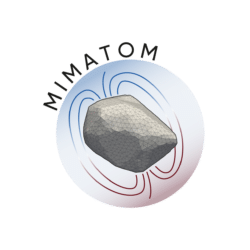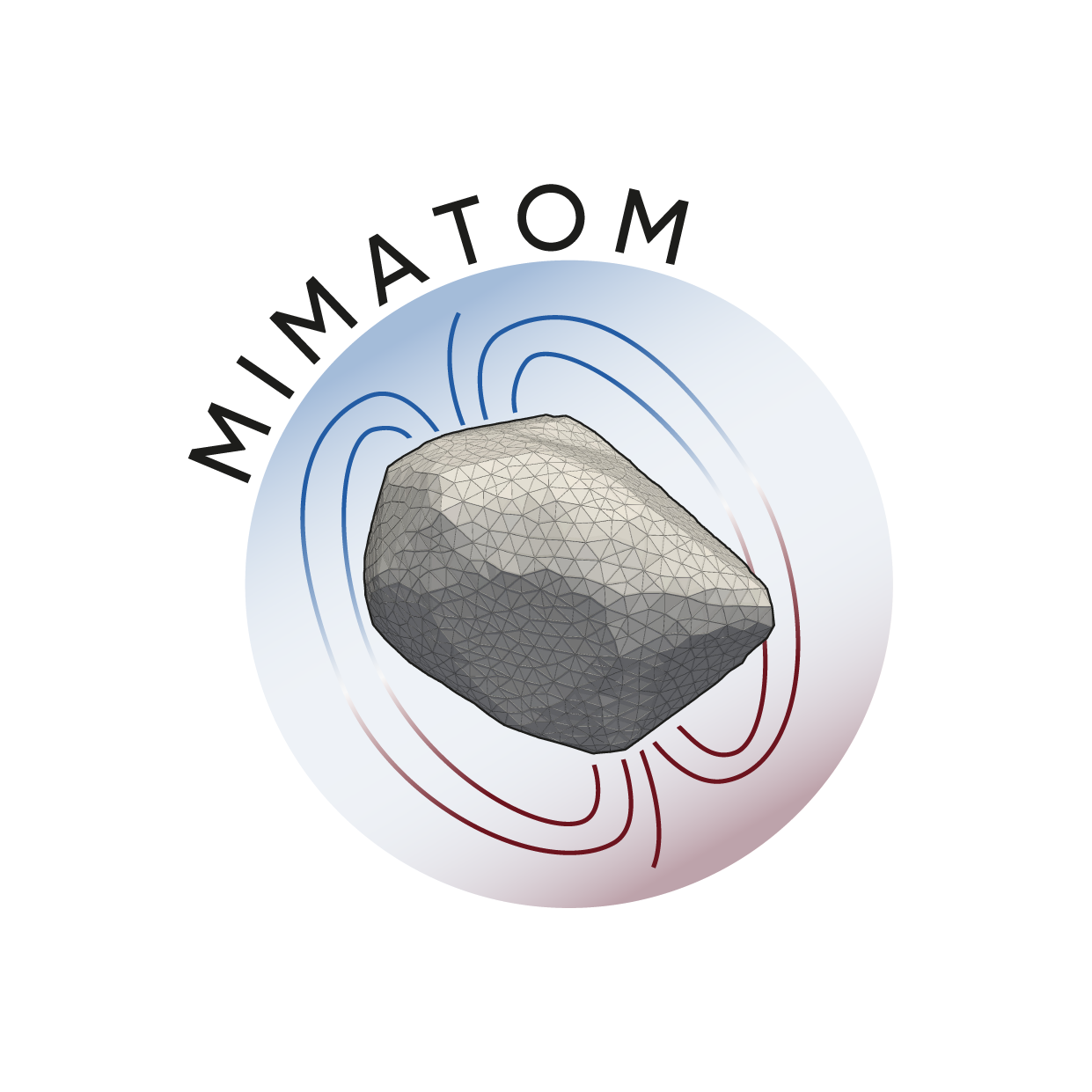Summary
In this article we employ Focused Ion Beam Scanning Electron Microscopy (FIBSEM) and MicroCT to create a continuous grain-size distribution for HW-03. With this distribution we determine the amount of missing magnetic carriers, but also which grain sizes determine the largest part of magnetic signals in bulk or QDM measurements.
Abstract
Magnetic signals in igneous rocks arise from assemblages of iron-oxide bearing minerals that differ in for example, size, shape, and chemistry. Paleomagnetic measurements on bulk samples measure millions of such grains simultaneously, producing a statistical ensemble of the magnetic moments of the individual grains. Scanning magnetometry techniques such as the Quantum Diamond Microscope (QDM) measure magnetic signals on micrometer scales, allowing the identification of magnetic moments of individual grains in a sample using for example, Micromagnetic Tomography (MMT). Here we produce a grain-size distribution of iron-oxides in a typical Hawaiian basalt from the superparamagnetic threshold (∼40 nm) to grains with a diameter of 10 µm. This grain-size distribution is obtained by combining FIB-SEM and MicroCT data from sister specimens, and normalizing them to the mineral surface area of non-magnetic minerals. Then we use this grain-size distribution to determine the contributions of individual magnetic carriers to bulk magnetic measurements and surface magnetometry. We found that measurements on bulk samples are sensitive to relatively small grain sizes in the realm of single domain or vortex states (<200 nm), while signals in surface magnetometry arise mainly from larger grains with diameters >1 µm. This implies that bulk measurements cannot be compared straightforwardly to signals from surface magnetometry from the same sample. Moreover, our observations explain why MMT results are insensitive to the presence of many small grains in a sample that intuitively should hamper their outcome.





